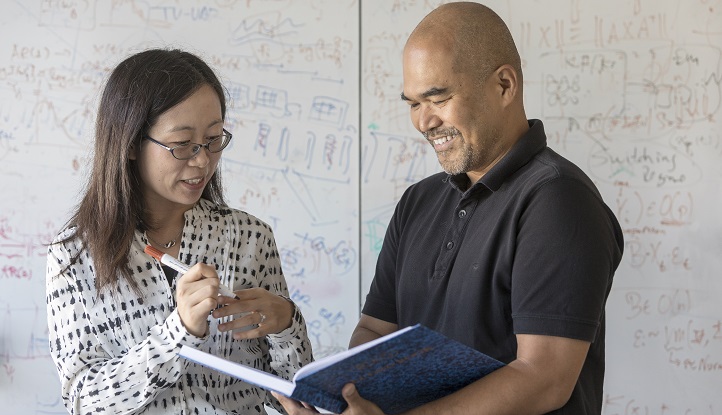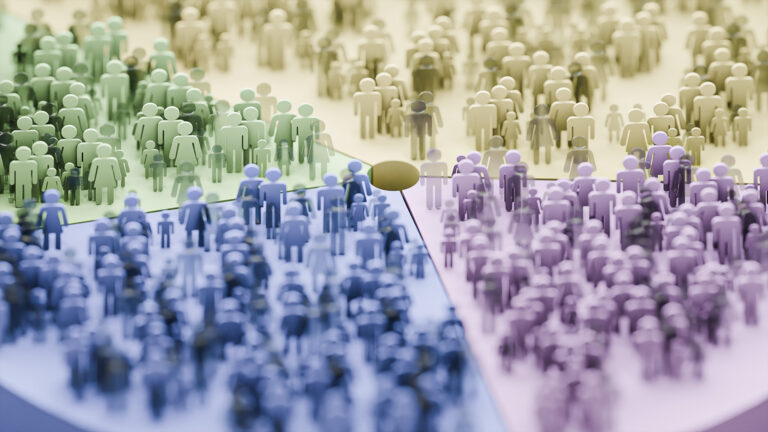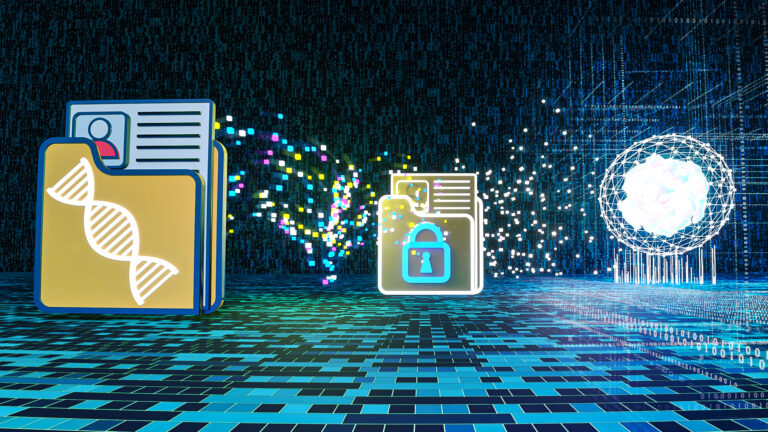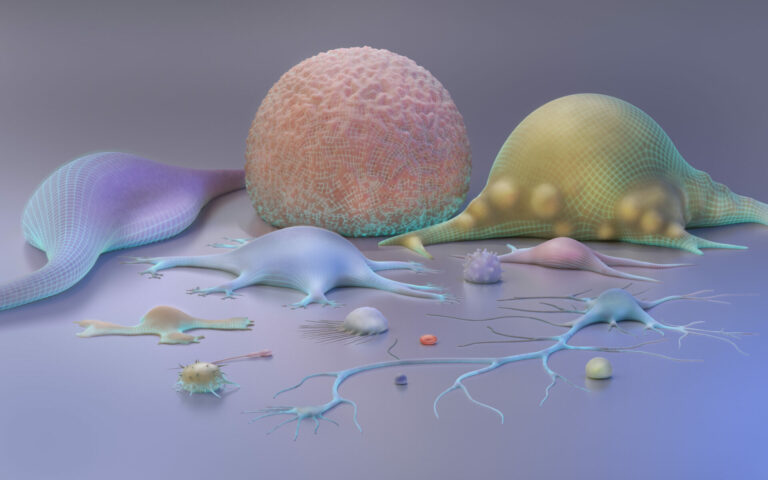Statistics
Connecting the dots to unlock brain structure
Mapping genetic influences on connections between neural networks could lead to a better understanding of brain organization and behavior.

A review of recent developments in statistical methods has highlighted the breadth and difficulty of challenges preventing new insights from neuroimaging data, with the ultimate goal a more comprehensive model of brain structure and function.
The human brain is a major focus of research, with scientists relying on statistical methods to draw conclusions from neuroimaging studies. Yet much about the brain’s structure and function is still poorly understood.
The emerging field of connectome genetics, which seeks to identify the genetic factors that influence brain connectivity, may shed light on cognitive functions and high-level brain activities, such as memory retrieval and decision making, as well as the diagnosis and treatment of neurological and mental diseases.
This led Hernando Ombao from KAUST, in collaboration with Dustin Pluta and Zhaoxia Yu from the University of California, in the United States, and researchers in China, to conduct a review of current statistical methods used in connectome genetics with a view to identifying new and improved approaches for analysing and interpreting imaging genetics data.
“Higher-level cognitive functions depend on the interaction and transfer of information between many localized regions of the brain, so there is a need to study the potential role genetics plays in brain function, and in particular in brain connectivity,” explains Ombao.
Despite substantial technological and methodological progress in recent years, such as the advent of techniques like functional magnetic resonance imaging and electroencephalograms, imaging genetics studies are still difficult and expensive to design, implement and analyze.
Because of the high costs and time required, a single neuroimaging study is often only able to collect data from a few hundred subjects, making the identification of relationships between datasets a major computational and statistical challenge.
“It is important for statisticians and neuroscientists to collaborate closely to develop new statistical methods and experimental designs that can address the scientific questions that are of greatest interest and to effectively utilize existing knowledge to improve modeling strategies,” says Ombao.
“Our hope is to engage more quantitative scientists to become interested in this area and to contribute toward deepening our understanding of the roles of genetics on brain function and behavior,” says Ombao.
References
-
Pluta, D., Yu, Z., Shen, T., Chen, Ch., Xue, G. & Ombao, H. Statistical methods and challenges in connectome genetics. Statistics & Probability Letters 136, 83-86 (2018).| article
You might also like

Statistics
Joining the dots for better health surveillance

Statistics
Easing the generation and storage of climate data

Statistics
A high-resolution boost for global climate modeling

Applied Mathematics and Computational Sciences
Finer forecasting to improve public health planning

Bioengineering
Shuffling the deck for privacy

Bioengineering
AI for cells helps illuminate their identity

Applied Mathematics and Computational Sciences
Global look at sex differences in young people's mortality

Applied Mathematics and Computational Sciences




